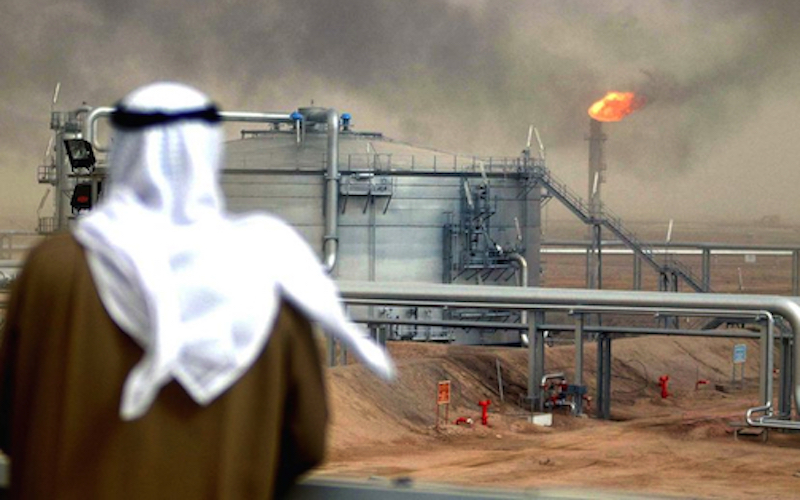
Saudi Arabia’s Delusion
Saudi Arabia is banking on using the low oil price environment to advance major economic reforms. At Davos earlier this year, Khalid al-Falih, Saudi Arabia’s then-health minister and now oil minister, stated that oil below USD 30 per barrel could help boost reforms and restructure the economy, making the government more efficient and encouraging the development of the private sector. He declared, “Those transitions sometimes take years, sometimes decades. The current low oil prices will give us an impetus to accelerate this.” Moreover, the kingdom’s leadership believes it can ride the wave of nationalism amid regional turmoil to obtain greater public support for the reforms, including decreases in state entitlements, without making any major political concessions.
The new Saudi Vision 2030 plan, announced in April, includes societal, governance, and economic long-term goals. Indeed, the goals are lofty. The economic reforms call for a shift from government expenditure to the private sector as the main source of growth, diversification away from oil, privatization, and increased local and foreign investment. The plan includes specific targets such as expanding the size of the private sector from 45 to 60 percent of gross domestic product; increasing non-oil exports to 50 percent of GDP by 2030; localizing over 50 percent of military spending by 2030; and reducing Saudi unemployment from 11.6 percent to 7 percent by 2030. As part of the plan, five percent of Aramco is to be listed on the Saudi market by 2018 and the proceeds from the sale are to be put into the Private Investment Fund (PIF) to establish a USD 2 trillion sovereign wealth fund, the largest worldwide.
